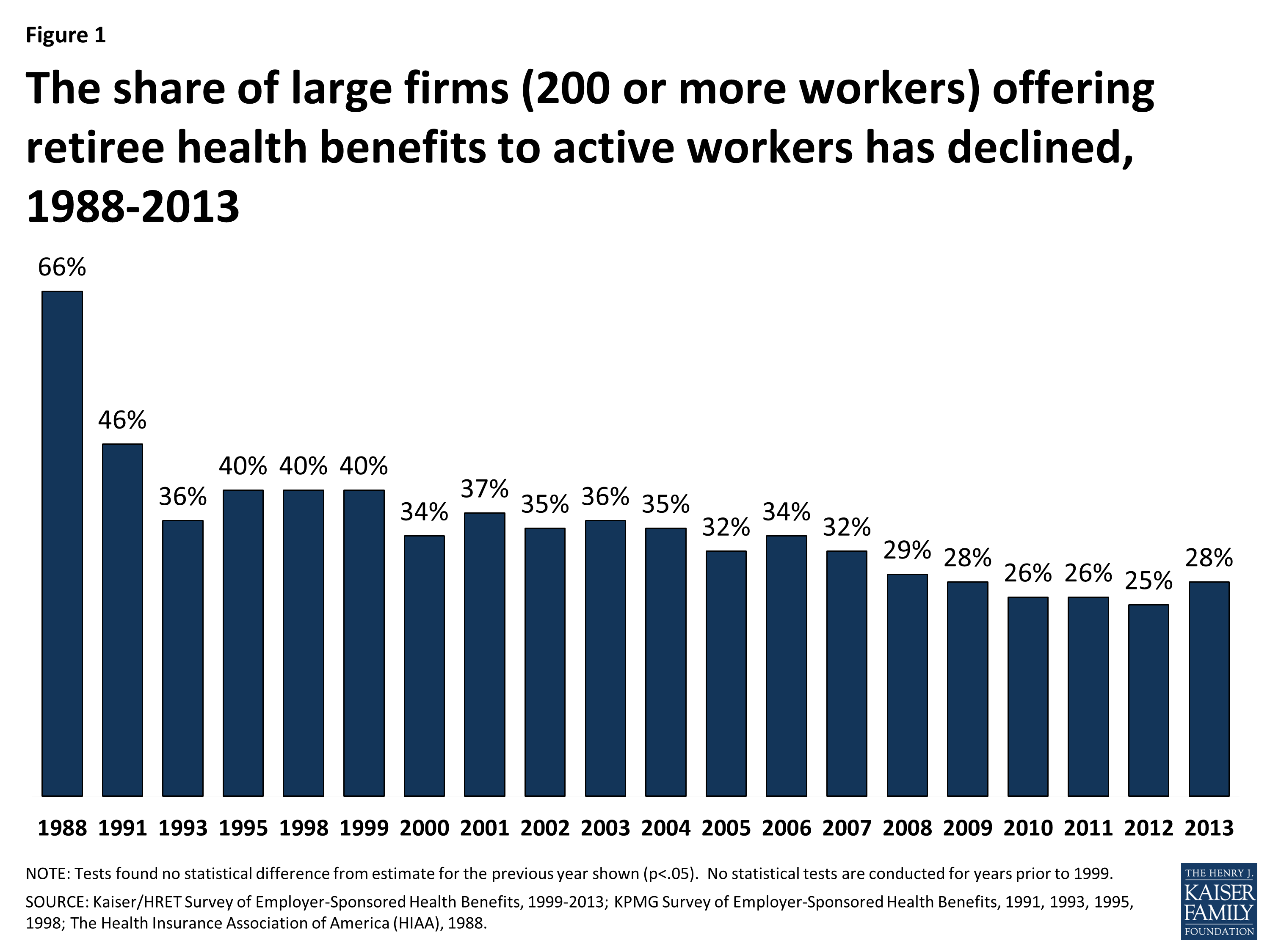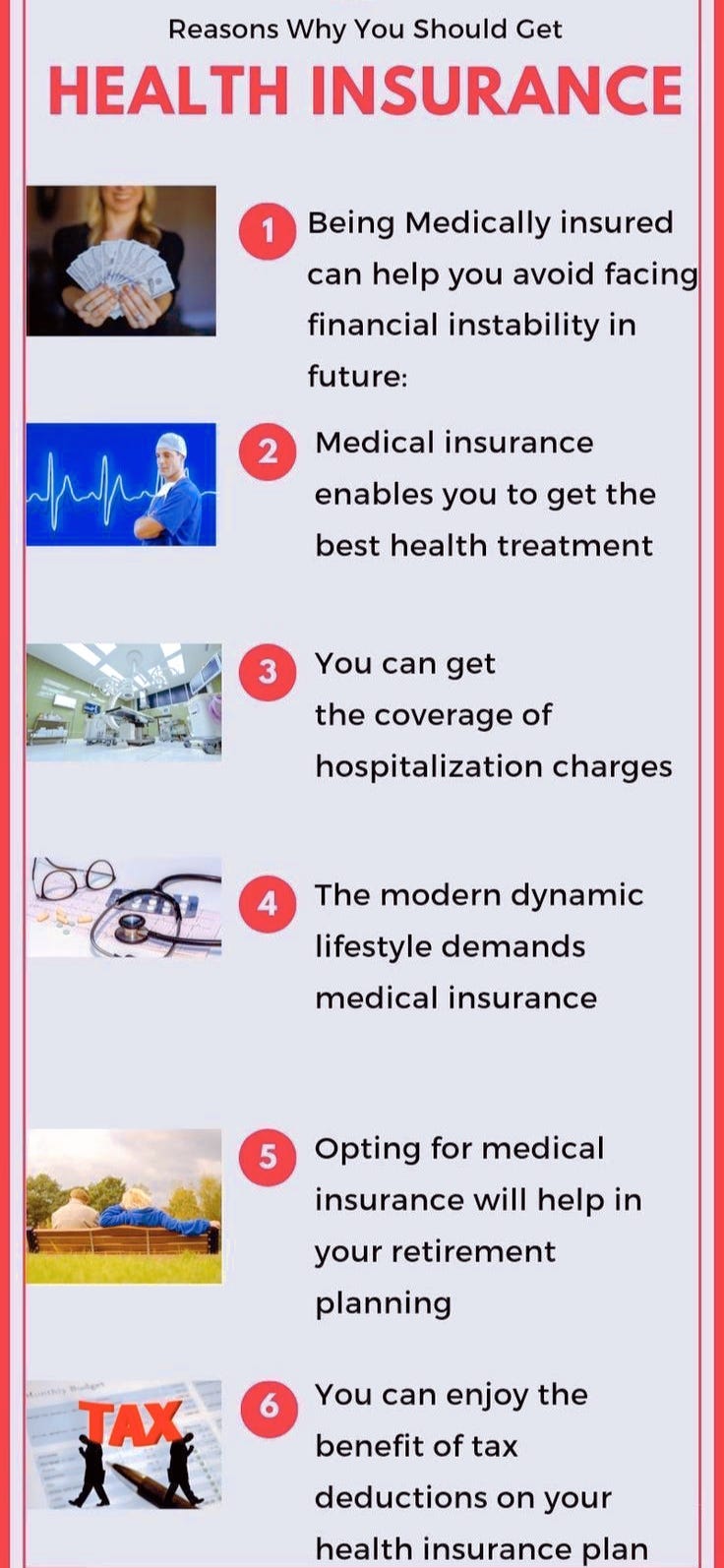The Main Principles Of Medicare Advantage Agent
The Main Principles Of Medicare Advantage Agent
Blog Article
Medicare Advantage Agent for Beginners
Table of ContentsSome Known Facts About Medicare Advantage Agent.Medicare Advantage Agent for DummiesThe smart Trick of Medicare Advantage Agent That Nobody is Discussing

adheres to from perplexing the reasonably young age account of the without insurance with the better wellness, generally, of younger individuals. This covers the link in between health and wellness condition and medical insurance. For those without accessibility to work environment medical insurance, bad health and wellness is a possible obstacle to purchasing nongroup insurance coverage because such protection might be highly valued, omit preexisting conditions, or be just unavailable. The number of without insurance Americans is not especially huge and has actually not transformed in the last few years. Seven out of 10 respondents in a country wide representative survey believed that fewer Americans did not have medical insurance than really do(Fronstin, 1998). About fifty percent(47 percent )believed that the number of people without medical insurance decreased or remained consistent over the last fifty percent of the last years(Blendon et al., 1999). This drop of virtually 2 million in the number of people 'without insurance policy (a decrease
of around 4 percent)is definitely a positive modification. With a softer economy in 2000 the most up to date reported gains in insurance protection may not continue(Fronstin, 2001 ). The decrease in the number of without insurance will not continue if the economic situation remains sluggish and health and wellness care costs remain to surpass rising cost of living. This is since the data were collected for a period of strong financial performance. Of the estimated 42 million individuals that were uninsured, almost concerning 420,000(regarding 1 percent)were under 65 years of age, the age at which most Americans end up being qualified for Medicare; 32 million were adults between ages 18 and 65, around 19 percent of all grownups in this age; and 10 million were youngsters under 18 years old, concerning 13.9 percent of all kids (Mills, 2000). These estimates of the number of individuals without insurance are produced from the annual March Supplement to the Current Population Study (CPS), conducted by the Census Bureau. Unless or else noted, nationwide price quotes of people without medical insurance and proportions of the populace with various kinds of protection are based upon the CPS, one of the most extensively made use of resource of quotes of insurance coverage and uninsurance prices. These studies and the price quotes they yield are defined briefly in Table B. 1 in Appendix B - Medicare Advantage Agent. These studies differ in size and sampling techniques, the inquiries that are inquired about insurance
The Of Medicare Advantage Agent
protection, and the moment period over which insurance policy protection or uninsurance is determined(Lewis et al., 1998, Fronstin, 2000a ). Still, the CPS is specifically valuable due to the fact that it creates yearly estimates reasonably quickly, reporting the previous year's insurance coverage approximates each September, and because it is the basis for a regular collection of estimates for even more than twenty years, permitting analysis of patterns in insurance coverage over time.

4 Simple Techniques For Medicare Advantage Agent
Over a three-year period starting early in 1993, 72 million people, 29 percent of the U.S. population, were without protection for a minimum of one month. Within a single year(1994), 53 million individuals experienced at least a month without insurance coverage(Bennefield, 1998a). Six out of every 10 without insurance adults are themselves employed. Although functioning does boost the probability that and one's relative will certainly have insurance, it is not a warranty. Even participants of families with 2 full time breadwinner have virtually a one-in-ten possibility of being uninsured (9.1 percent without insurance rate)(Hoffman and Pohl, 2000 ). The partnership in between medical insurance and accessibility to care is well established, as recorded later in this chapter. Although the relationship in between wellness insurance policy and wellness end results is neither straight nor easy, a considerable clinical and wellness solutions study literature links health and wellness insurance policy coverage
to enhanced accessibility to care, far better high quality, and improved individual and populace health and wellness condition. The 2nd record, on individual health results for without insurance adults, is stood for by the innermost circle of the figure, while the 3rd report, on household well-being, includes the subjects of the second record however emphasizes a different unit of analysis, namely, the family. The 6th report in the collection will offer info regarding approaches and initiatives taken on in your area, statewide, or country wide to address the lack of insurance and its damaging effects. Degrees of analysis for analyzing the effects of uninsurance. This discussion of medical insurance coverage concentrates mostly on the united state population under age see this page 65 due to the fact that practically all Americans 65 and older have Medicare or various other public coverage.
Additionally, it focuses particularly on those without any kind of medical insurance for any length of time. The problems faced by the underinsured remain in some respects comparable to those faced by the without insurance, although they are generally less severe. Uninsurance and underinsurance, nevertheless, entail noticeably various policy issues, and the strategies for addressing them may differ. Throughout this research and the five records to adhere to, the major emphasis gets on persons without wellness insurance and hence no aid in spending for health and wellness treatment past what is offered through charity and safety net establishments. Medical insurance is an effective element influencing invoice of care due to the fact that both patients and physicians react to the out-of-pocket cost of services. Medical insurance, nevertheless, is neither necessary neither adequate to access to clinical services. The independent this link and straight impact of health
insurance insurance policy on access accessibility health health and wellness is well established. Others will obtain the healthcare they need also without medical insurance, by paying for it out of pocket or seeking it from providers that offer care cost-free or at extremely subsidized rates. For still others, medical insurance alone does not guarantee receipt of treatment since of other nonfinancial barriers, such as an absence of healthcare service providers in their area, limited accessibility to transportation, illiteracy, or etymological and cultural differences. Formal research study concerning uninsured populaces in the USA dates to the late 1920s and early 1930s when the Committee on the Price of Healthcare produced a series of reports concerning financing physician office gos to and hospital stays. This concern became prominent as the numbers of clinically indigent climbed up throughout the Great Depression. Empirical research studies consistently support the link in between access to care and boosted wellness outcomes(Bindman et al., 1995; Starfield, 1995 ). Having a regular source of care can be thought about a forecaster of gain access to, instead of a straight action of it, when wellness results are themselves made use of as accessibility indicators. This expansion of the idea of accessibility dimension was made by the IOM Committee on Checking Accessibility to Personal Healthcare Solutions(Millman, 1993, p. Whether moms and dads are guaranteed shows up to affect whether or not their children receive treatment in addition to exactly how much careeven if the children themselves have coverage(Hanson, 1998). The health of moms and dads can influence their capacity to look after their children and the degree of family tension. Bothering with their youngsters's accessibility to care is itself a resource of stress for moms and dads. Three phases comply with in this record. Chapter 2 offers an overview of exactly how employment-based health and wellness insurance, public programs and private insurance policies run and connect to give extensive yet insufficient protection of the U.S. population. This includes a review of historic trends and public policies impacting both public and exclusive insurance, a conversation of the interactions amongst the various kinds of insurance, and an assessment of why individuals move from one program to one more or wind up

Report this page